-
main-collection-product-grid
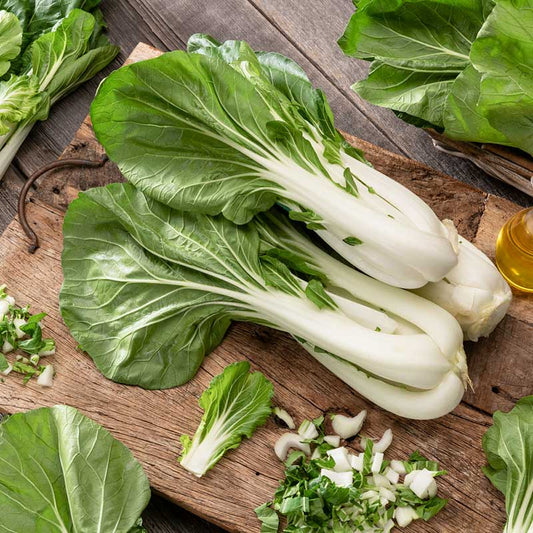
Chinese Cabbage Seeds - Pak Choy White Stem
Tender Chinese cabbage also known as Bok ChoyChinese Cabbage Seeds - Pak Choy White Stem
Tender Chinese cabbage also known as Bok ChoyRegular price As Low As $4.99Regular priceUnit price per -
main-collection-product-grid
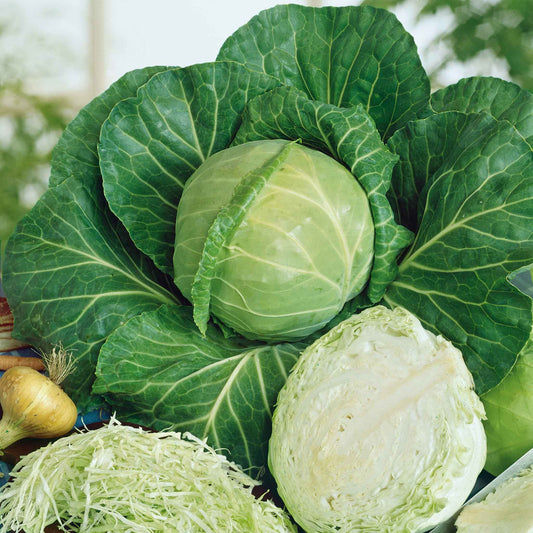
Cabbage Seeds - Golden Acre
Fast growing and shade tolerantCabbage Seeds - Golden Acre
Fast growing and shade tolerantRegular price As Low As $4.99Regular priceUnit price per -
main-collection-product-grid
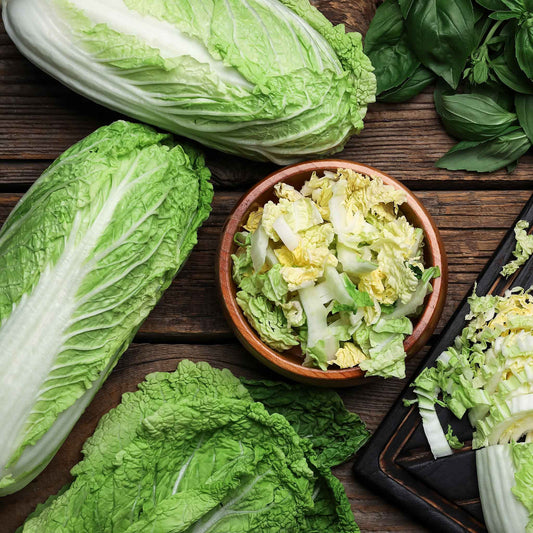
Chinese Cabbage Seeds - Michihili
Heirloom Chinese cabbage boasting a sweet, crisp and spicy flavorChinese Cabbage Seeds - Michihili
Heirloom Chinese cabbage boasting a sweet, crisp and spicy flavorRegular price As Low As $4.99Regular priceUnit price per -
main-collection-product-grid
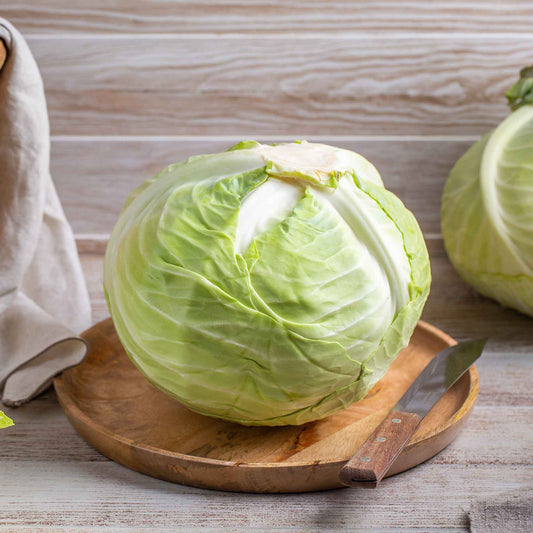
Cabbage Seeds - Brunswick
Drumhead cabbage perfect for sauerkraut and coleslawCabbage Seeds - Brunswick
Drumhead cabbage perfect for sauerkraut and coleslawRegular price As Low As $4.99Regular priceUnit price per -
main-collection-product-grid
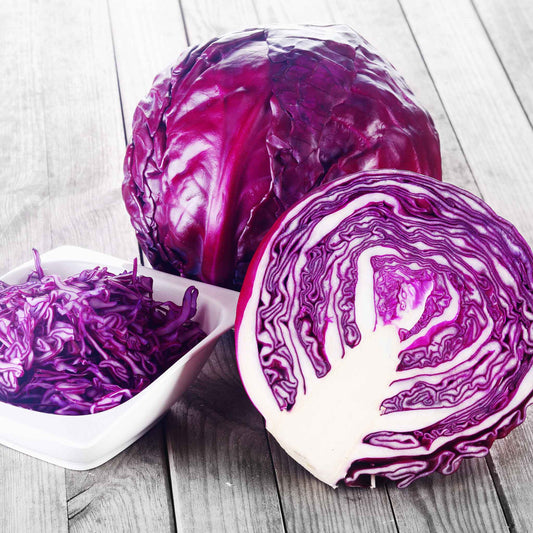
Cabbage Seeds - Red Acre
Delicately sweet with an entrancing purple colorSaleCabbage Seeds - Red Acre
Delicately sweet with an entrancing purple colorRegular price As Low As $4.99Regular priceUnit price per$26.99Sale price As Low As $4.99Sale -
main-collection-product-grid
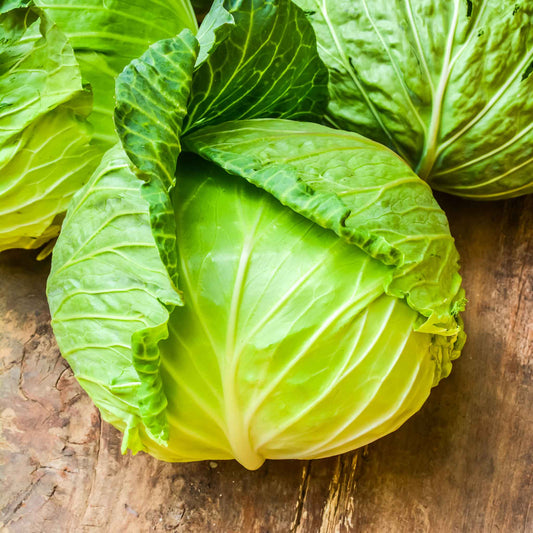
Cabbage Seeds - Copenhagen Market
Heads up to four pounds, known for their sweet flavorCabbage Seeds - Copenhagen Market
Heads up to four pounds, known for their sweet flavorRegular price As Low As $4.99Regular priceUnit price per -
main-collection-product-grid
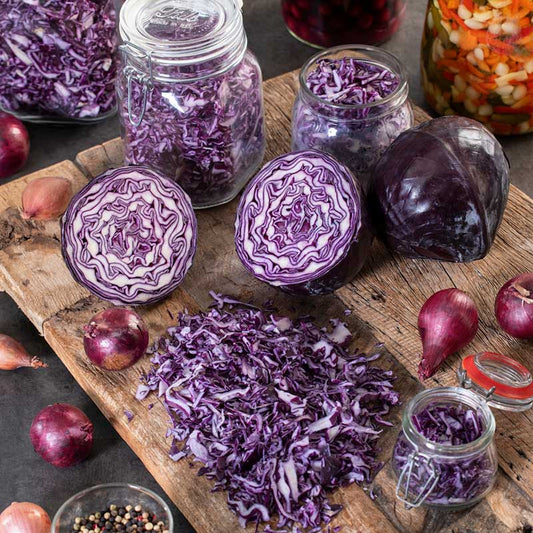
Cabbage Seeds - Red Express
Early red cabbage suitable to Northern climatesCabbage Seeds - Red Express
Early red cabbage suitable to Northern climatesRegular price As Low As $4.99Regular priceUnit price per -
main-collection-product-grid
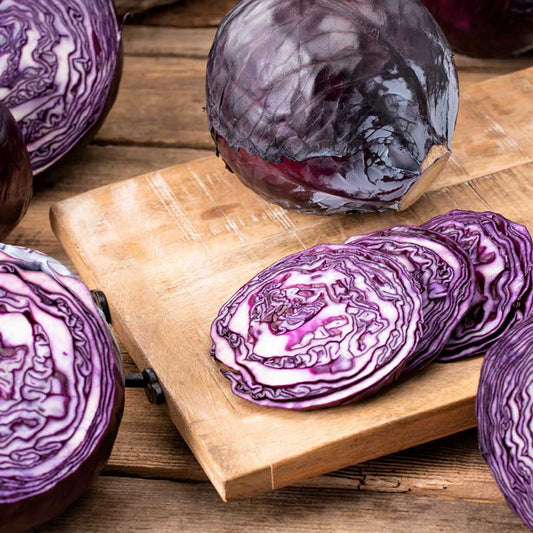
Cabbage Seeds (Organic) - Red Acre
Purplish color proves rich in vitamins and antioxidantsCabbage Seeds (Organic) - Red Acre
Purplish color proves rich in vitamins and antioxidantsRegular price $6.99Regular priceUnit price per -
main-collection-product-grid
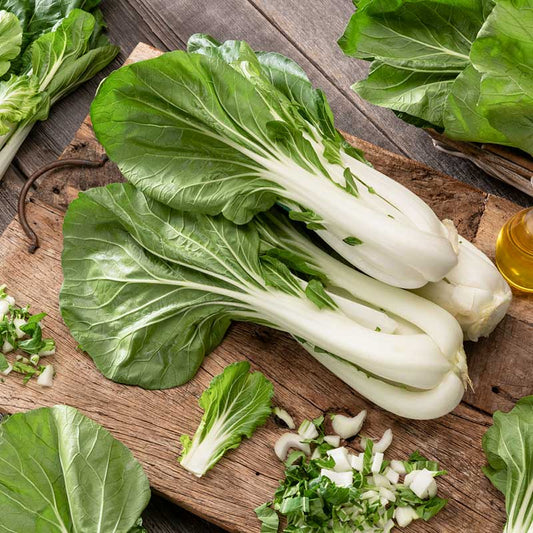
Cabbage Seeds (Organic) - Pak Choy White Stem
Also known as Bok Choy, cold tolerant with a mild peppery flavorCabbage Seeds (Organic) - Pak Choy White Stem
Also known as Bok Choy, cold tolerant with a mild peppery flavorRegular price $6.99Regular priceUnit price per -
main-collection-product-grid
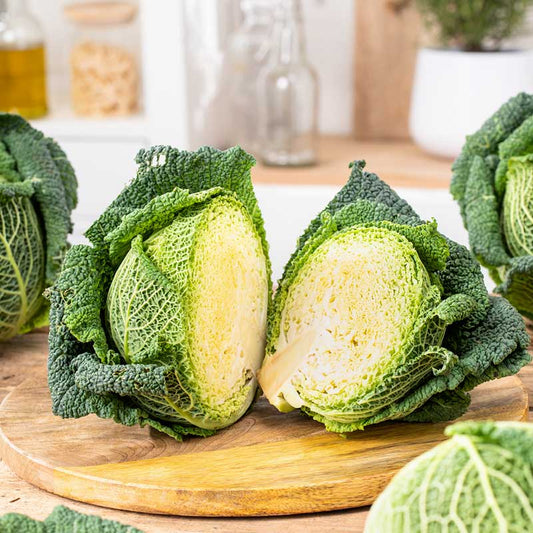
Cabbage Seeds - Savoy
Deeply ribbed with its unique look and dark green colorCabbage Seeds - Savoy
Deeply ribbed with its unique look and dark green colorRegular price As Low As $4.99Regular priceUnit price per -
main-collection-product-grid
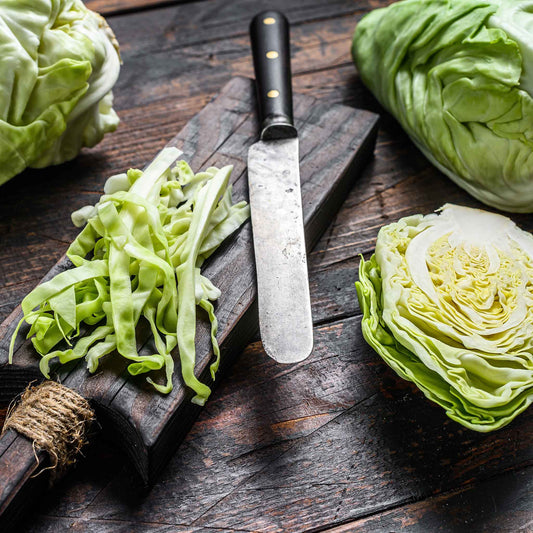
Cabbage Seeds - Charleston Wakefield
Up to six pound cabbage heads grown in almost all US zonesCabbage Seeds - Charleston Wakefield
Up to six pound cabbage heads grown in almost all US zonesRegular price As Low As $4.99Regular priceUnit price per
About our heirloom cabbage seeds
- 11 heirloom cabbage seed varieties
- Great source of vitamins K, A and C
- Cool-season, annual vegetables
- Perfect for microgreens
Great Heirloom Cabbage Varieties to Grow at Home
Green and red heirloom cabbage are among the most prolific cool-season crops, as they are dependable, nutritious, and excellent raw or cooked. Gardeners may cultivate two cabbage crops every year, as they do well in the spring and again in the fall, and they are easy to grow from seed. All of the heirloom cabbage varieties we sell are at their peak in late autumn, when they sweeten somewhat with a little frost.
Most of us are picky about which cabbages we cultivate in our gardens, because huge solid heads take up more area than other crops but reward your hard labor with substantial, nutritious yields. Eden Brothers' Charleston Wakefield Cabbage Seeds and Copenhagen Market Cabbage Seeds are two of our most popular green cabbage seed varieties. Alternatively, consider our Red Acre Cabbage Seeds, which offer higher amounts of vitamins A and C than other cabbage seed varieties and a vibrant color that looks great in the garden and on the plate.
How to Grow Cabbage in your Garden
Heirloom cabbage seeds should be started inside six to eight weeks before the last spring frost. Place the seeds in direct sunlight or, if necessary, beneath a grow light. The best soil temperature for growing heirloom cabbages is 60 to 65°F. Plant three to four seeds at a depth of 1/4 inch. Harden off and transplant seedlings outside with approximately 24 inches between plants once they reach three to four inches tall, or two to three weeks before the last expected spring frost. Choose a location with plenty of sunlight and friable, well-draining soil. Heirloom cabbage plants need about two inches of water per week to stay healthy. Heirloom cabbage should be harvested after around 70 days, or when the heads have reached the desired size and firmness. Cut the heirloom cabbage at the base with a sharp knife and remove any yellow leaves before bringing it indoors or putting it in the shade.
Cooking with Heirloom Cabbage
This leafy plant is grown for its densely leaved heads, which are frequently used in a variety of culinary applications. Heirloom cabbage can be eaten raw, pickled, fermented, steamed, stewed, sautéed, or braised.
For more information about planting, growing, and caring for heirloom cabbage seeds, see the Cabbage Seeds Planting Guide.










